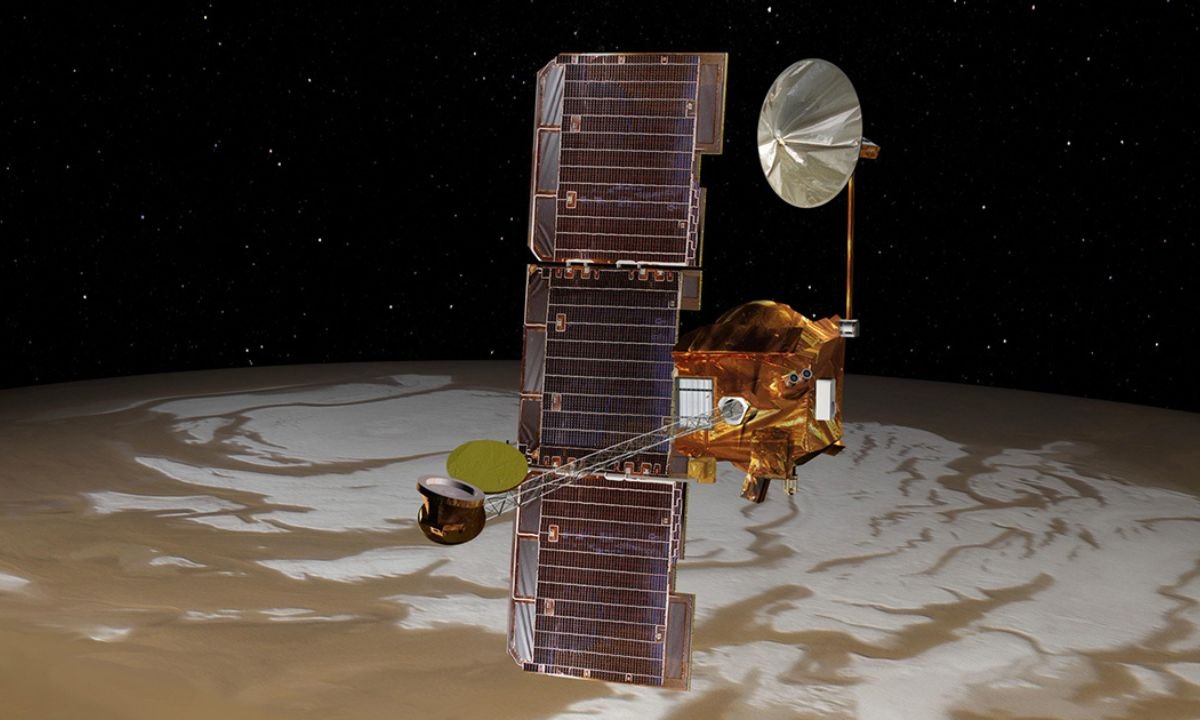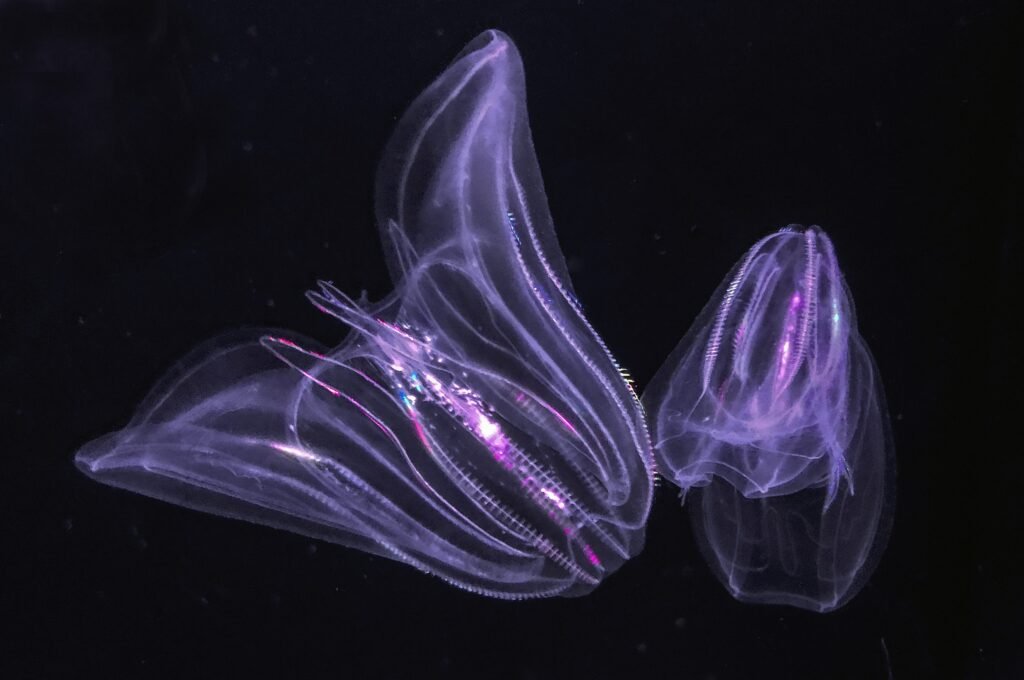NASA Unveils Mars Stunning Horizon
Odyssey orbiter of NASA unveils the stunning and spectacular view of Mars which is the fourth red planet from the Sun. The Odyssey orbiter photographed clouds and dust in the skies of Mars, as well as one of the planet’s two tiny moons.
When astronauts discover the curvature of the Earth under the International Space Station, they are often taken surprised. NASA’s Odyssey orbiter, which ended its 22nd year on Mars last month, is giving scientists a taste of what that’s like.
The spacecraft took a series of panoramic photos of the twisting Martian landscape beneath gauzy layers of clouds and dust. The ten captured photographs provide not only a new and spectacular vision of Mars. But also enables scientists to get new insights into the Martian atmosphere.
The photographs were taken by the spacecraft in May from a height of around 250 miles (400 kilometers). It is the same height as the space station’s altitude above Earth. The operation lead for Odyssey’s camera, known as the Thermal Emission Imaging System, or THEMIS.
Jonathon Hill of Arizona State University said this is the view humans would have if they were in orbit over Mars. No Mars spacecraft has ever had a view like this before.
Scientists spent three months organizing this observation. It involved moving the spacecraft’s antenna away from Earth for several hours, disconnecting communication with Odyssey.
NASA launched Odyssey on October 24, 2001. It is the longest-lasting spacecraft on Mars. It continues to analyze the subsurface rock of the Red Planet and ice structures to monitor its climate.
Read More:
- Sea creature turns into a baby when it is stressed out showing time travel
- Realme Narzo 70 Turbo 5G launch date, features, specifications & price
- European Space Agency printed 3D metal part in space for first time
- Earth’s mysterious Alaska triangle where over 20,000 people disappeared
- Philips Hue launched a new smart lighting solution for kitchen
- NASA to launch life-searching spacecraft to Jupiter’s moon Europa
Share this content:










Post Comment